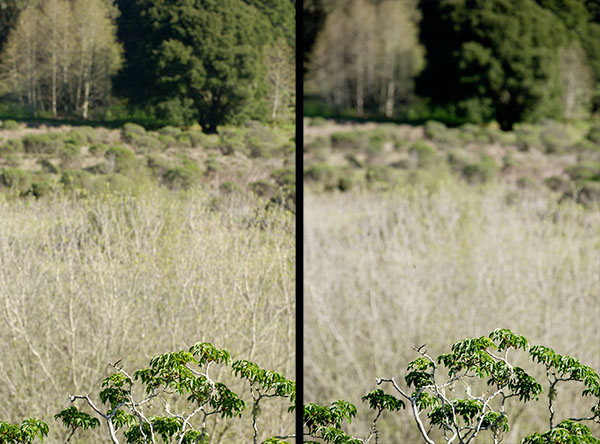Soldato
- Joined
- 10 Mar 2006
- Posts
- 3,975
I bought a Canon Powershot S80 the otehr day and have since beenr eading techniques on how to get the most out of it, and came across a technique which you guys call Depth of Field and I have no clue about what it is.
Well, I think I sorta do actually - that fantastic photo a few threads down with the dew on the leaf is a DOF photo is it not? If it is I was just wondering how to go about doing it, and also would my camera be able to do it?
Also are there any good guides that I can get my teeth into for using my camera? DPReview has some good ones but I've soaked those up already
Well, I think I sorta do actually - that fantastic photo a few threads down with the dew on the leaf is a DOF photo is it not? If it is I was just wondering how to go about doing it, and also would my camera be able to do it?
Also are there any good guides that I can get my teeth into for using my camera? DPReview has some good ones but I've soaked those up already








